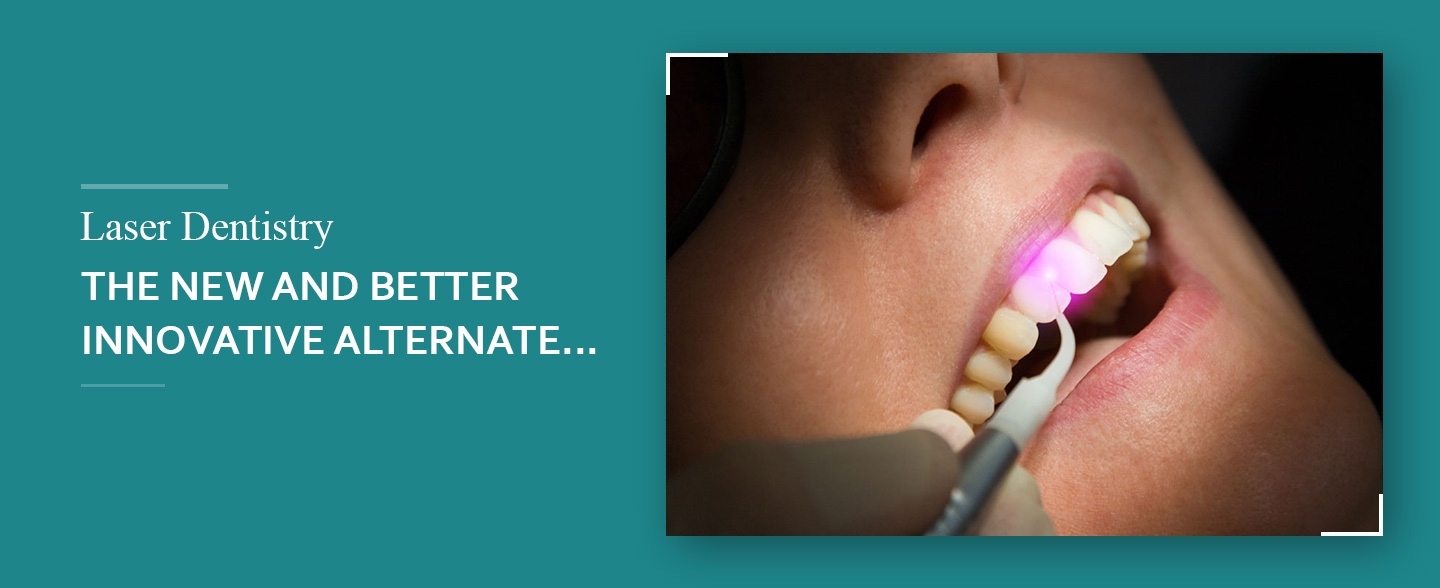
Laser stands for "light amplification by stimulated emission of radiation." Laser instruments emit a thin, concentrated beam of light energy. Light is calculated in wavelengths, and each wavelength generates an individual thermal output, so dentists can predict its interaction with a particular tissue. Consequently, some wavelengths are more conducive to performing certain procedures than others. For example, there are select lasers used for soft tissue surgeries while others are effective on hard tissues like tooth enamel and bone.
The light emitted from a laser can remove or shape tissue, making it an effective tool in the following procedures:
What patients like about laser procedures is that lasers may be used in place of drills or anesthesia, thus minimizing discomfort. Bleeding is more controlled in laser procedures, thus lessening the need for sutures. There's also less damage to the surrounding tissue, and healing times are faster than with traditional treatment.
Also, bacteria are reduced at the surgical site because the light beam sterilizes the area, limiting the chance of infection.
Call Us or Book Your Appointment Today
Book Appointment